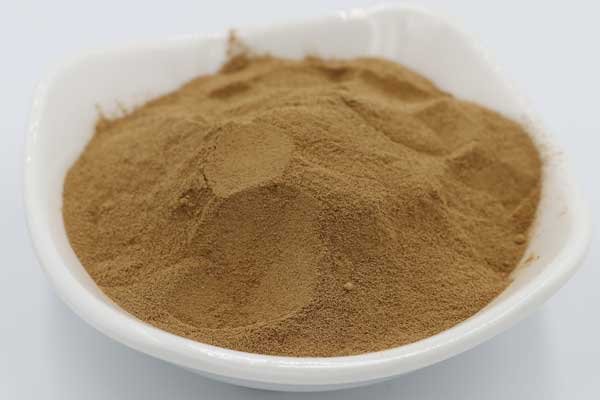In the intricate world of textile processing, where precision meets innovation, sodium lignosulfonate embarks on a transformative journey—from the heart of the forest to the humming halls of the factory. Join us on a captivating exploration as we trace the remarkable journey of sodium lignosulfonate, unraveling its vital role in enhancing efficiency and sustainability in textile processing.

Roots in Nature: The Forest-Origin Story of Sodium Lignosulfonate
Before it becomes a textile processing ally, sodium lignosulfonate begins its journey in nature. Derived from wood, this compound embodies the essence of eco-friendly innovation. Now, let's follow its journey as it seamlessly transitions from the forest to the intricate world of textile processing.
1. Dispersant Harmony: Sodium Lignosulfonate in Dyeing Applications
In the dyeing process, achieving uniform color dispersion is an art, and sodium lignosulfonate is the maestro orchestrating harmony. As a dispersant, it ensures that dyes are evenly distributed, enhancing the vibrancy and consistency of colors. This vital role transforms the textile processing landscape, creating fabrics with unparalleled visual appeal.
2. Binder Brilliance: Sodium Lignosulfonate's Role in Printing
Textile printing demands precision, and calcium lignosulfonate steps into the limelight as a binder extraordinaire. Its adhesive properties play a pivotal role in fixing pigments to fabrics during printing processes. This binder brilliance ensures intricate designs come to life with sharpness and durability, elevating the standards of textile craftsmanship.
3. Anti-Redeposition Agent: Sodium Lignosulfonate's Stain-Blocking Performance
The battle against redeposition—a common challenge in textile processing—is met head-on by sodium lignosulfonate. Its anti-redeposition properties prevent removed particles from settling back onto fabrics during washing. This transformative capability ensures that textiles maintain their pristine appearance after every wash cycle, enhancing their longevity.
4. Sustainable Softening: Sodium Lignosulfonate in Fabric Finishing
In the realm of fabric finishing, sodium lignosulfonate emerges as a sustainability champion. Its application as a softening agent imparts a luxurious feel to textiles while aligning with eco-friendly practices. This sustainable softening journey ensures that the textiles not only meet high-quality standards but also adhere to responsible processing methods.
5. Water Conservation Maestro: Sodium Lignosulfonate's Role in Processing Efficiency
Textile processing often involves copious amounts of water, and sodium lignosulfonate becomes a maestro in water conservation. By enhancing the penetration of water and chemicals into fabrics, it reduces the overall water consumption in various processing stages. This hidden efficiency transforms textile processing into a more environmentally conscious endeavor.
In Conclusion: Sodium Lignosulfonate's Fabric of Transformation
As we conclude our journey from forest to factory, tracing the transformative role of sodium lignosulfonate in textile processing, it becomes clear that this compound is not just a participant but a fabric of transformation. From dispersant harmony to binder brilliance, anti-redeposition resilience to sustainable softening, and water conservation maestro, sodium lignosulfonate weaves a narrative of efficiency and sustainability in the world of textile processing. Join us in celebrating the remarkable journey of sodium lignosulfonate—an unsung hero enhancing the threads of innovation in the textile industry.